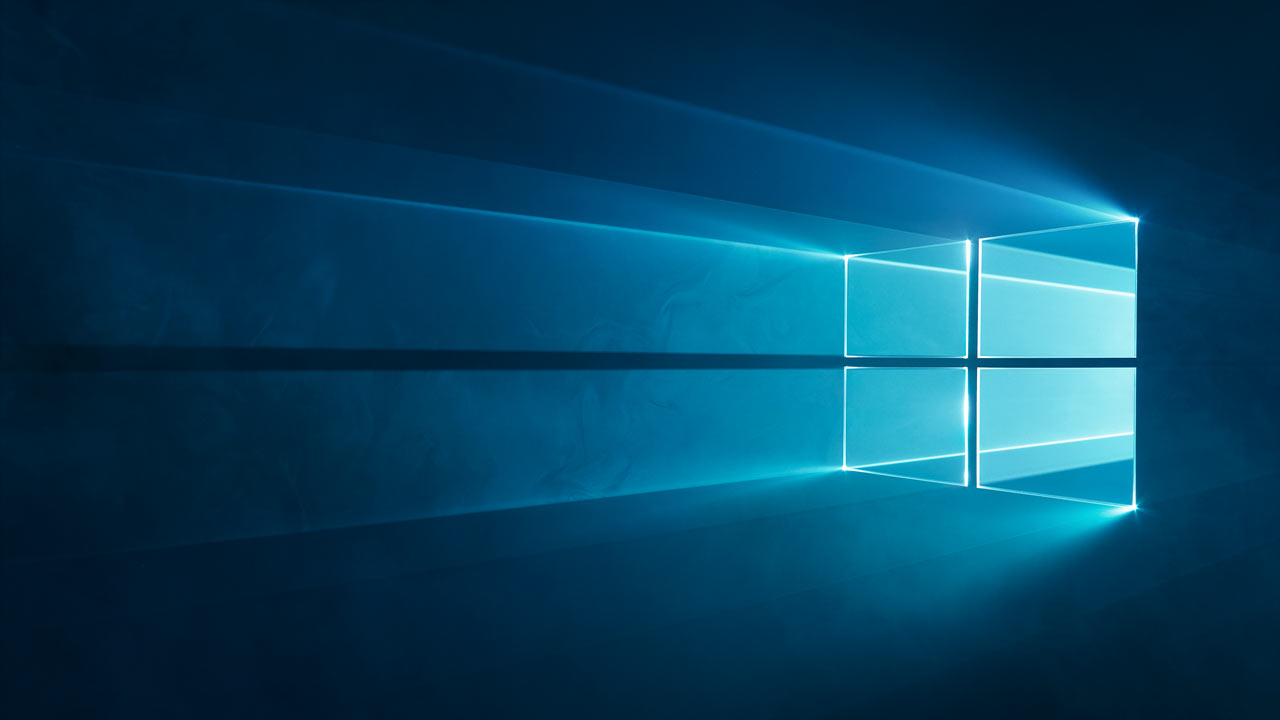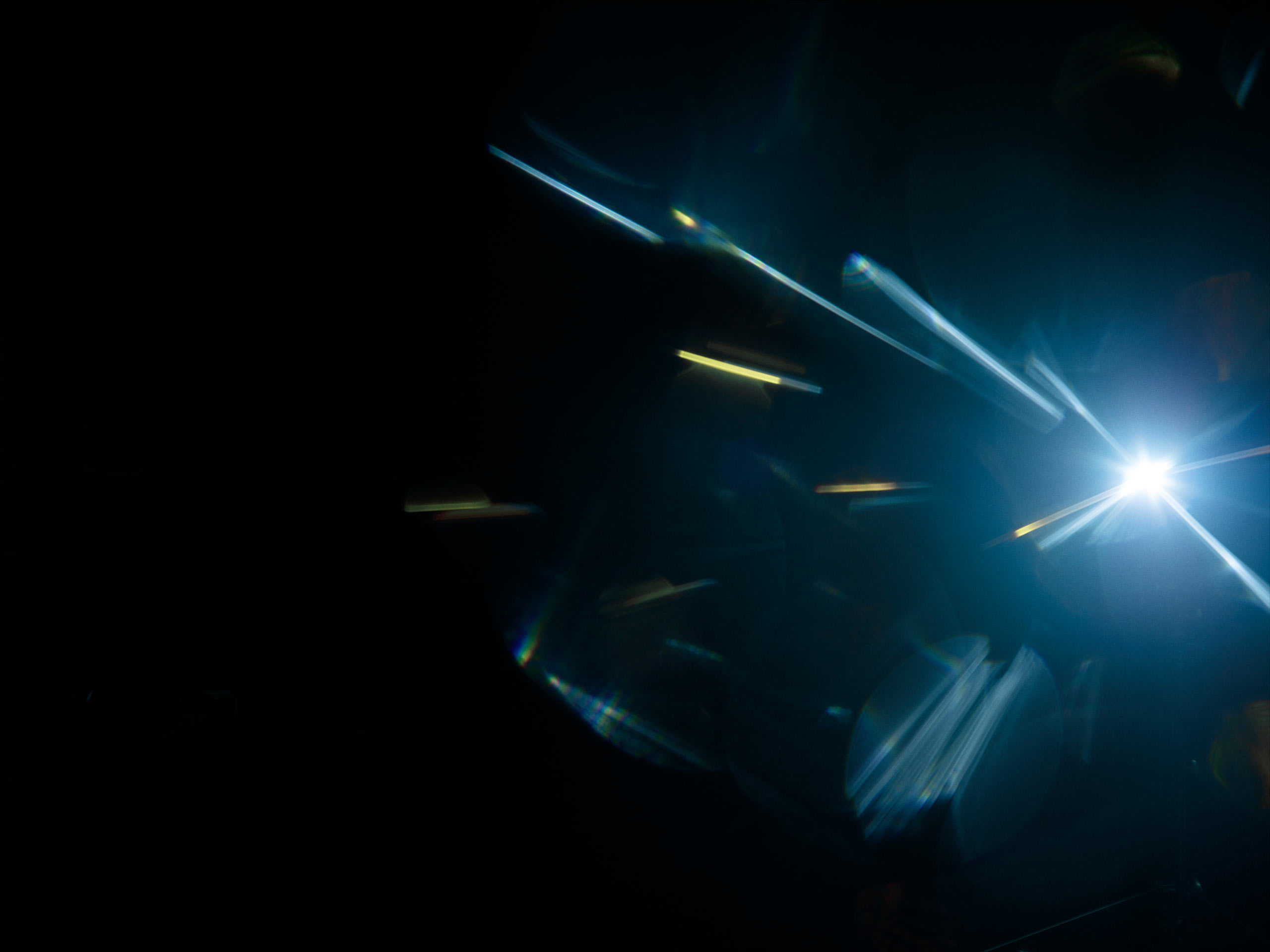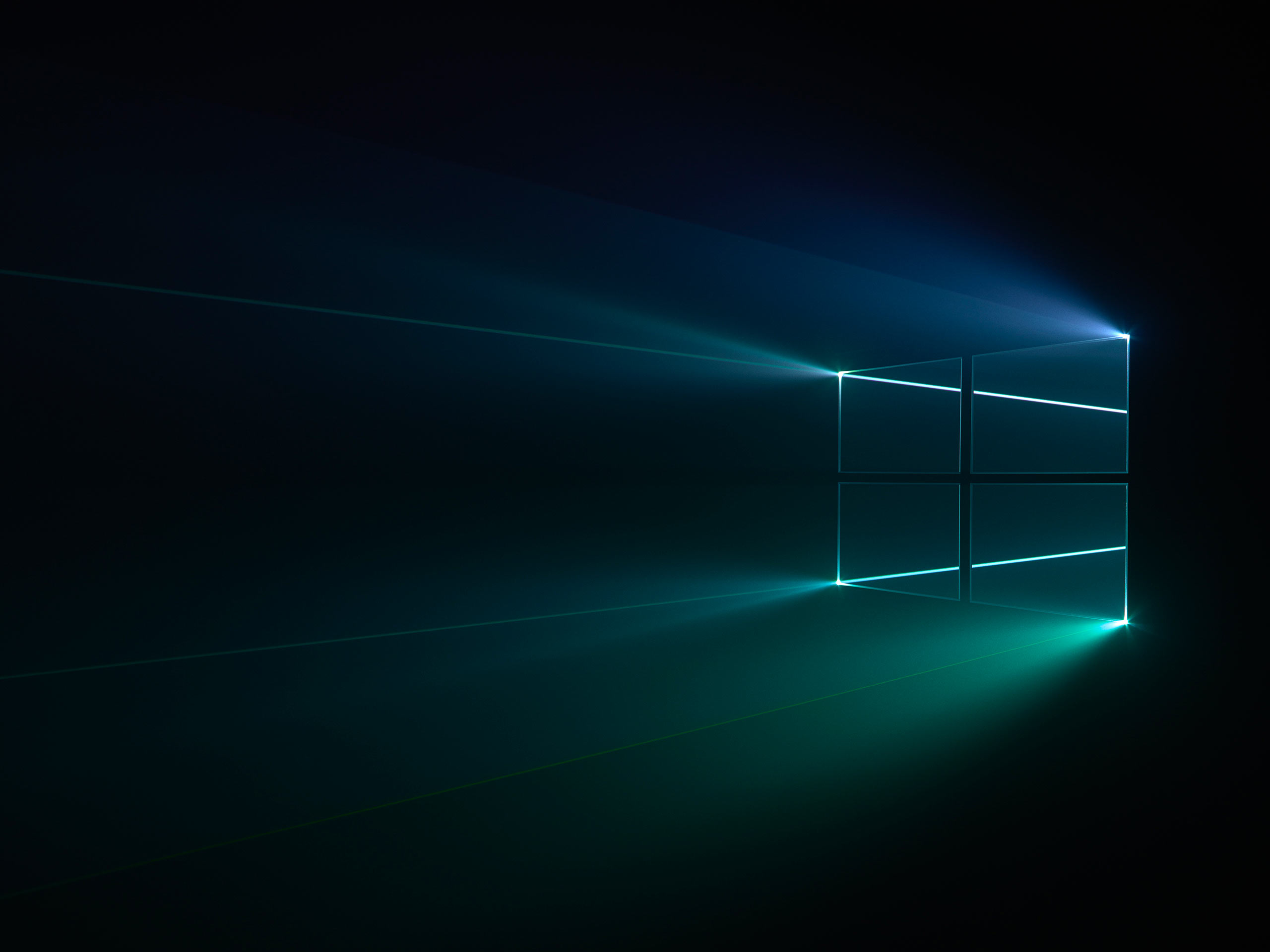Microsoft shot real lasers through a window to make Windows 10's wallpaper — surprisingly the iconic art wasn't computer generated
Mirrors, lasers, and smoke machines were used by designer Bradley Munkowitz (GMUNK).

The Windows 10 desktop wallpaper scene above wasn’t clinically and digitally spewed forth by some 3D rendering app. Rather this iconic floating window image, with mesmerizing light rays cutting through the haze, was physically set up and photographed by designer Bradley Munkowitz, also known as GMUNK, reports PCGamer.
Munkowitz used physical mirrors, lasers, and smoke machines – as well as a stylized glass window construction - to deliver Windows 10’s signature wallpaper. Thousands of exposures were taken, featuring permutations from different color filters, light beam shapes, patterns, sizes, and variable amounts of smoke. In the end, there could only be one default Windows 10 wallpaper, but it is interesting to think about what could have been.
You don’t have to think too hard, though. Thankfully, Munkowitz documented the Windows 10 wallpaper production process, and provides a cornucopia of images which rival the default wallpaper, but feature different color and light been configurations. Check out the behind-the-scenes video above and the gallery below to enjoy some alternative reality Windows 10 wallpapers. You might even be inclined to use some of these on your current computer. There are even more at the source link.




Composing the Windows 10 signature wallpaper shot ahead of the operating system’s release in July 2015 sounds like a lot of effort to create what some might consider a simple wallpaper. In 2024, with generative AI pumping out pixels to fulfill all sorts of imaging, illustrative, and photographic needs, it is easy to expect that we might never see such an elaborate physical setup employed to create computer wallpaper images again. Computer and AI-generated art should also be more affordable, crowding out expensive physical setups to the fringes, for use in high art and so on.
As a person who once worked in newspapers when scalpels and cow gum were used to layout pages, and when art tech like Letraset and omicron foiling were popular, it feels natural for older imaging technologies to become redundant. They are left behind as newer, faster, and more flexible tools replace them.
Moving up to the present day, we have just seen a refreshed version of the Windows 11 Bloom wallpaper released to coincide with the dawn of Copilot+ PCs. Bloom images come from a 3D art project by the Spanish art studio Six N. Five.
Get Tom's Hardware's best news and in-depth reviews, straight to your inbox.

Mark Tyson is a news editor at Tom's Hardware. He enjoys covering the full breadth of PC tech; from business and semiconductor design to products approaching the edge of reason.
-
bit_user Lasers make everything better. Pretty much any 80's kid could tell you that!Reply
I support creative freedom for designers, but it's fair to point out that this wasn't strictly necessary. Maybe he was just playing around and not really sure exactly what end result he was after, in which case this would be more justifiable.
It would be interesting to see how close someone could get to approximating that same image, using common 3D rendering software. -
Unolocogringo ^+1 for the LASERS!!!!Reply
What is next?
AI filling the air with AI created music and lyrics?
AI created movies/books?
No thanks.
As a house designer/re modeler/music addict, creativity is the best we have to offer! -
mdd1963 Did not essentially the exact same story first hit the proverbial interweb about, oh, some 8-9 years ago already?Reply -
tennis2 Reply
Yes, the youtube video in the article is 8 years old.mdd1963 said:Did not essentially the exact same story first hit the proverbial interweb about, oh, some 8-9 years ago already? -
JTWrenn I love that they pumped money into the artistic side of things in a more interesting way than just a graphics artist. Nice to see art come into big tech....and that this wasn't super advertised. Cooler than I expect from Microsoft.Reply -
35below0 Reply
If you didn't see it, it's new to you?tennis2 said:Yes, the youtube video in the article is 8 years old. -
bit_user Reply
Speaking as someone who didn't previously know this, I'd say my life wasn't enriched by learning it to the extent that I think it justifies recycling old news in the feed. I'd rather miss a few "cool nuggets" and keep the newsfeed uncluttered by regurgitated news. Even when it was new information, it was already fluff. If it's no longer new, that makes the value of reporting it even more questionable.35below0 said:If you didn't see it, it's new to you? -
bit_user Reply
Another take on it might be to call it pretentious. Kinda like how they used Brian Eno to make the Windows 95 sound scheme and I'm sure there have been other examples, in the meantime.JTWrenn said:I love that they pumped money into the artistic side of things in a more interesting way than just a graphics artist. Nice to see art come into big tech....and that this wasn't super advertised. Cooler than I expect from Microsoft. -
NedSmelly Reminiscent of the story behind the 'Bliss' Windows XP wallpaper, which was created using a 6x7 medium format film camera by Charles O'Rear in 1996.Reply -
JTWrenn Reply
Not my take at all. Art for arts sake is good to me and inspiring. If they advertised the hell out of it, and did something super weird then I would find it pretentious.bit_user said:Another take on it might be to call it pretentious. Kinda like how they used Brian Eno to make the Windows 95 sound scheme and I'm sure there have been other examples, in the meantime.
